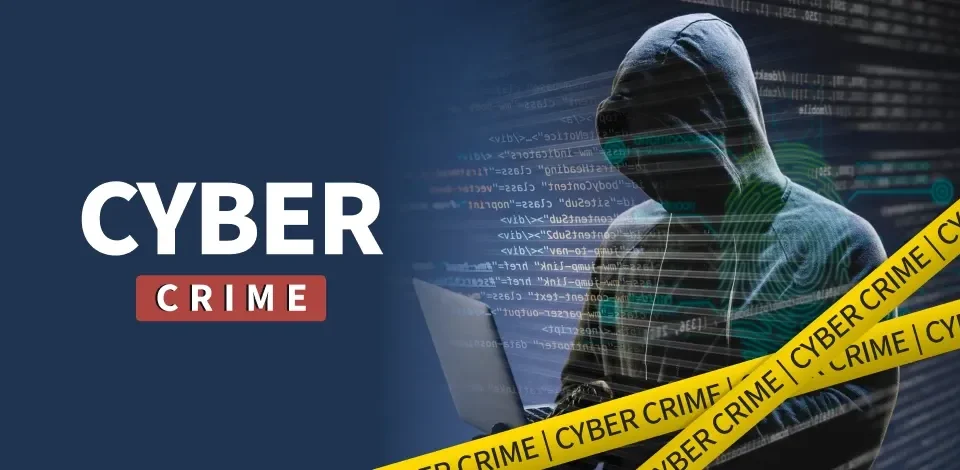
Unveiling the Hidden Costs of a Cyber Attack
March 17, 2025
Navigating the Landscape of Enterprise Risk Management: Challenges, Solutions, and Future Trends
March 17, 2025Understanding Security Operations: The Foundation of SecOps
Security Operations, commonly referred to as SecOps, represents a critical facet of modern cybersecurity frameworks, designed to safeguard organizations against evolving threats. SecOps encompasses a systematic approach to managing and protecting sensitive data and assets through an integration of people, processes, and technology. Its primary objective is to ensure a resilient security posture that can effectively prevent, detect, and respond to cybersecurity incidents.
The importance of establishing a SecOps strategy cannot be overstated, especially in today’s digital landscape where cyber threats are not only pervasive but increasingly sophisticated. A well-defined SecOps framework allows organizations to create a proactive defense mechanism. This consists of continuous monitoring for potential vulnerabilities within their networks, prompt detection of anomalous activities, and swift incident response procedures that mitigate risks before they can escalate into more significant issues.
Key components of a successful SecOps strategy include threat intelligence integration, incident management, and the establishment of dedicated security operations teams. These teams play an integral role in monitoring systems, analyzing security events, and executing incident response plans. By collaborating with other departments, they can ensure that the organization’s security measures are aligned with its overall business objectives.
Moreover, the evolution of SecOps has highlighted the importance of adapting to the dynamic nature of cyber threats. Organizations must stay ahead by incorporating advanced technologies such as machine learning and automation into their security processes. This evolution also reflects the convergence between SecOps and traditional IT operations, integrating development and security practices into a cohesive unit often referred to as DevSecOps. By fostering this collaborative environment, organizations can establish a more resilient cybersecurity approach that effectively guards against threats while supporting operational efficiency.
Step 1: Assessing Current Security Posture and Identifying Gaps
A robust security operations (SecOps) strategy begins with a thorough evaluation of the current security posture. This initial step is essential for identifying vulnerabilities and understanding the effectiveness of existing measures. To carry out a comprehensive security assessment, organizations can utilize a variety of methodologies. Common approaches include risk assessments, penetration testing, and compliance audits.
Conducting a risk assessment enables organizations to pinpoint critical assets and the potential threats they face. This process involves identifying what data and systems are most valuable and could pose significant risks if compromised. Penetration testing simulates real-world attacks, allowing organizations to understand their defense mechanisms’ weaknesses. Compliance audits ensure that the security measures in place adhere to required standards and regulations, thereby revealing gaps that may exist.
Involving key stakeholders is another crucial aspect of this assessment phase. Engaging departments across the organization, such as IT, legal, and human resources, fosters a collaborative environment where diverse perspectives can contribute to a more holistic understanding of the security landscape. Gathering qualitative data through interviews and quantitative data through metrics provides a well-rounded view of the current security posture.
Moreover, leveraging advanced tools for risk analysis can enhance the effectiveness of the assessment. Solutions such as security information and event management (SIEM) tools can synergize real-time data analysis and threat detection capabilities. By utilizing these resources, organizations can establish benchmarks for their security performance and identify areas that require immediate attention.
Ultimately, this first step in building a SecOps strategy sets the foundation for future improvements by ensuring that all security measures are aligned with organizational objectives and comprehensively addressing gaps in the current system.
Step 2: Developing a Comprehensive Incident Response Plan
The significance of an effective incident response plan (IRP) within a mature SecOps strategy cannot be overstated. An IRP serves as a blueprint for organizations to mitigate the effects of security breaches and to restore normal operations swiftly. To create a comprehensive IRP, several key elements must be taken into account.
Firstly, clearly defined roles and responsibilities are essential. Every team member should understand their specific duties during an incident, ensuring a coordinated approach to threat management. This clarity not only streamlines the incident response process but also minimizes confusion at critical moments. Furthermore, establishing communication protocols is paramount; these protocols dictate how information will flow within the team and to external stakeholders, such as law enforcement or customers. Timely and accurate communication can help manage the impact of an incident on reputation and customer trust.
Another critical component is the development of escalation paths. Having predetermined escalation steps enables teams to swiftly elevate incidents to higher levels of expertise when necessary. These paths should reflect a hierarchy, ensuring that serious threats are promptly addressed by the most capable individuals within the organization.
Integrating threat intelligence into the incident response plan enhances the intricacy of security measures. Threat intelligence provides contextual information that can inform response strategies, making them more targeted and effective. Organizations should regularly update their IRP to reflect the evolving threat landscape, ensuring that their responses remain relevant and robust.
Moreover, it is crucial to invest in regular training and conduct tabletop exercises. These simulations prepare teams for potential real-world scenarios and foster a culture of proactive risk management. By practicing incident response procedures, teams can identify gaps in their plans and adjust accordingly, thereby sharpening their readiness for actual incidents.
Continuous Monitoring and Improvement
In the field of security operations, continuous monitoring and improvement are crucial components for ensuring an effective SecOps strategy. As threats evolve and technology advances, organizations must adopt a proactive approach to security through the use of advanced monitoring tools and technologies that assist in threat detection. These tools provide insights into security performance metrics, enabling teams to promptly identify vulnerabilities and respond accordingly.
There are various monitoring solutions available, ranging from Security Information and Event Management (SIEM) systems to intrusion detection systems (IDS). SIEM tools aggregate and analyze security data from various sources, allowing organizations to gain visibility into potential security incidents in real time. Meanwhile, IDS technologies continuously monitor network traffic to detect suspicious activities that may indicate a breach. Leveraging these technologies facilitates a comprehensive understanding of the security landscape, helping teams anticipate and defend against emerging threats.
Alongside these tools, organizations should establish methodologies for regularly reviewing and updating their SecOps strategy. This can be achieved through scheduled assessments that involve analyzing security incidents and dissecting responses to them. Learning from past incidents is integral to refining the SecOps approach, as it equips teams with the knowledge needed to enhance their preventative measures. Adapting the strategy to the dynamic nature of cyber threats will significantly contribute to organizational resilience.
Moreover, it is essential to incorporate feedback from all stakeholders in the security process, fostering a culture of collaboration that encourages ongoing improvement. As new threats continue to surface, staying informed about the latest security trends and technologies becomes imperative. Through continuous monitoring, regularly reviewing strategies, and integrating lessons learned, organizations can build a robust SecOps strategy that stands the test of time, effectively safeguarding their assets and ensuring secure operations.




